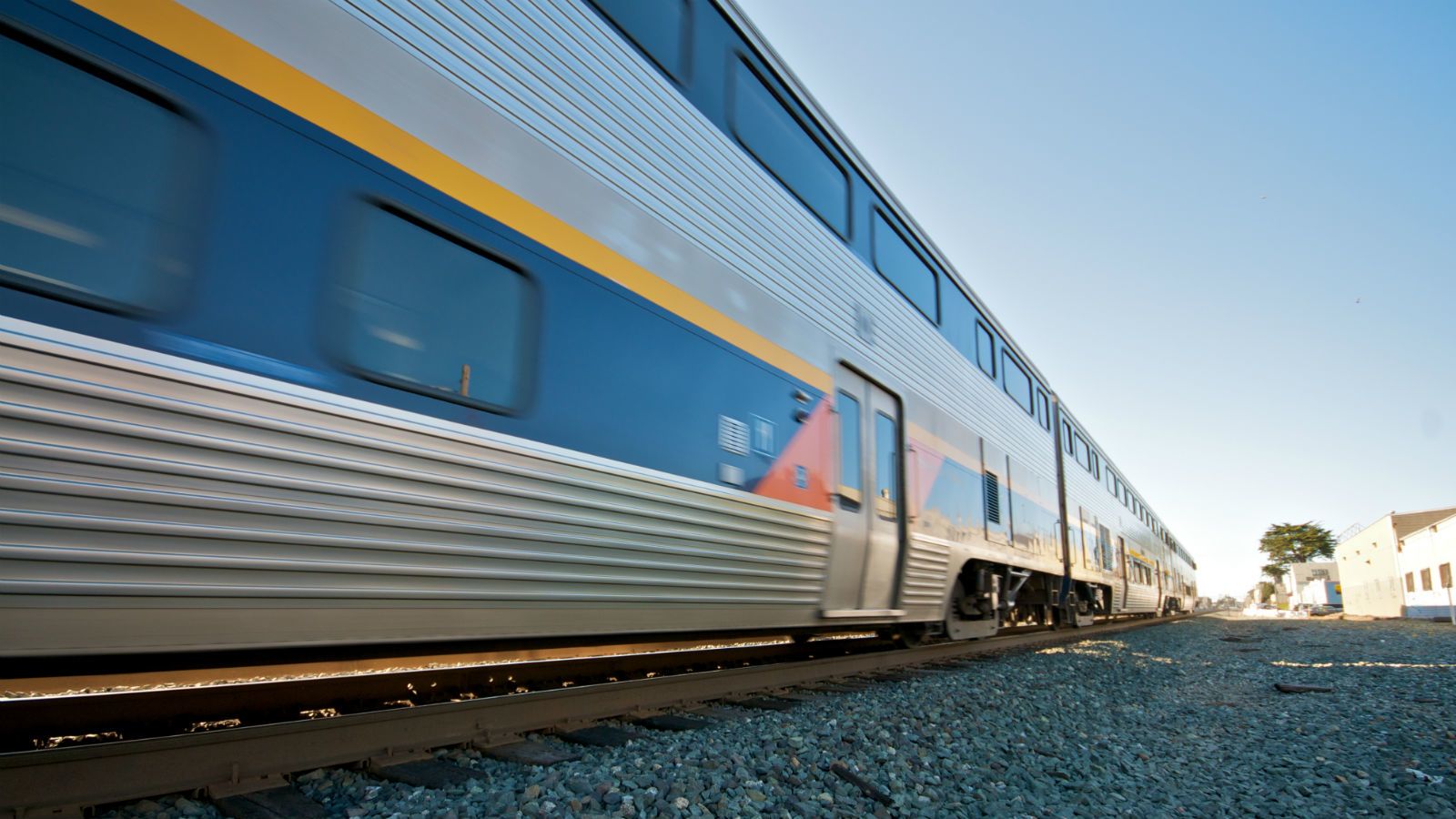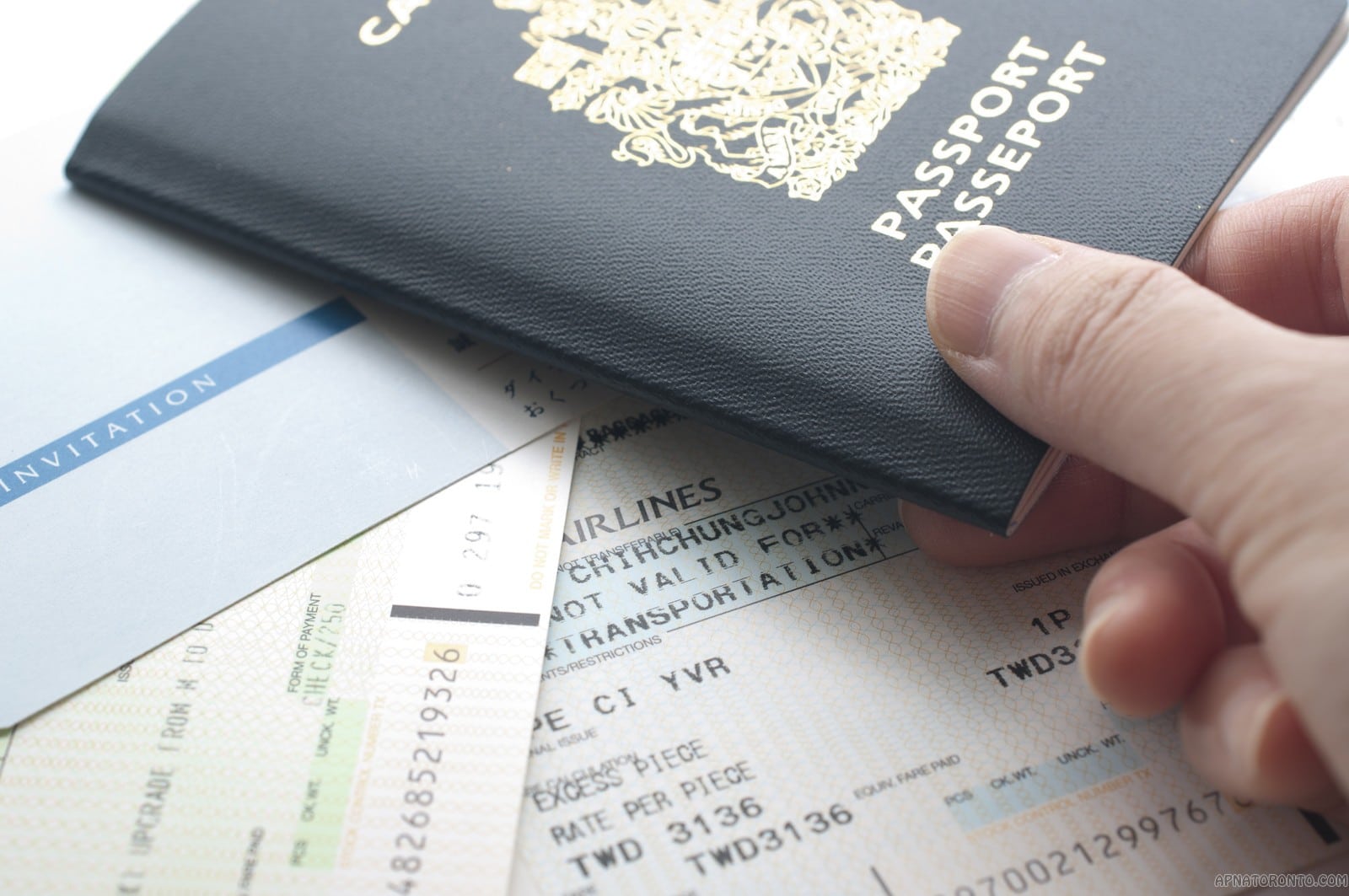The demand for transportation around the world has increased to such an extent that it has overshot the capacity that is available. When you consider climate change and the issues we face concerning pollution, it is nearly impossible to meet the demands of the world with just an increase in the maximum physical capacity of our networks for transport. We are in dire need of solutions that are birthed from innovation. This innovation is facilitated by cutting edge technology.
The railways have always been slow to adopt new technology as compared to other means of transport. Over the recent years, advancement in automation and control can be used to achieve a lot in the railway sector, just as the world has in the aviation sector.
Automation in Transport Networks
Nearly a century ago, we had cars that used a tiller to steer, and a hand-held throttle to control its speed. All the components of the vehicle such as the choke valve, the carburettor, and the starter were operated manually. Presently, almost all of these functionalities have been automated. You can see the pinnacle of this in self-driving cars. With time, as these cars become popular in the market, it will make the world much more open to automation. The more we understand the relationship between cause and effect in complex systems, the better we can enable them to be automated. The railways are ripe for an evolution of the sort.
Automation in the Railways
It is costly to increase the infrastructure of a railway network, also considering that such an increase doesn’t promise a linear increase in the overall efficiency of the system. The proof of this can be seen from what the United States of America did between 2009 and 2013. A total of 75 billion dollars were invested, but it resulted in an outcome that was below average. All in all, it isn’t worth making such a change.
It is far more cost-effective to utilise the infrastructure that exists and supplement it with algorithms for sense-analyse-control. This is a technique that computes large volumes of data and gives a high-quality result that is miles ahead of what a human can do alone. We are bound by time constraints, and can never process information at the same rate as a computer. These algorithms allow for accurate tracking and prediction of the movement of a train. This lets a train go faster than ever before and have a very low number of stops. This can enable trains to run more frequently, thus creating a much more efficient way to increase the transportation capacity. Using PNR Status, it is very likely that commuters can track trains themselves and plan their schedule accordingly. This is the beauty of automation and artificial intelligence. It can squeeze out the very last ounce of performance that is just impossible to achieve using basic manpower. It enables us to detect repercussions in the long term and make short-term decision making very robust and calculated.






